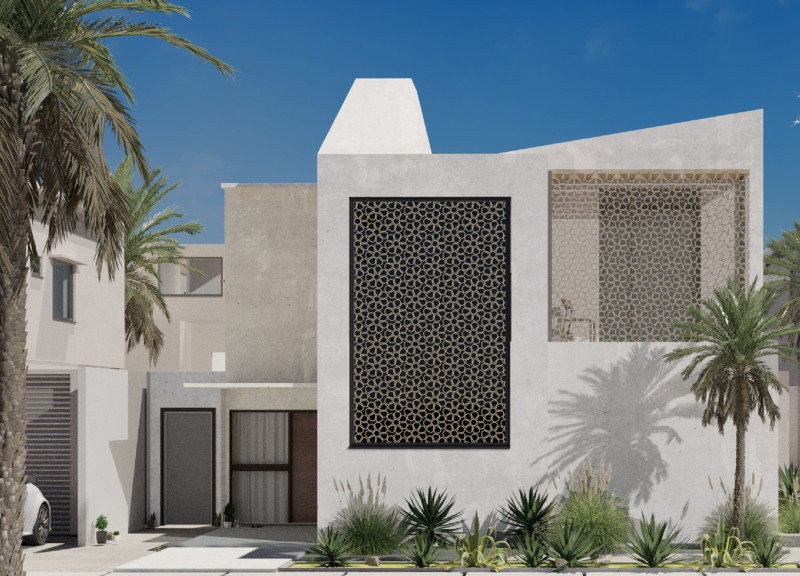5 key facts about this project
At its core, the project represents a seamless integration of contemporary design with the natural landscape. The architectural approach emphasizes sustainability, using materials and construction techniques that minimize environmental impact. This commitment to ecological principles is apparent in the selection of locally sourced materials, which not only support the regional economy but also ensure that the structure harmoniously blends with its surroundings.
The building’s primary function is to serve as a community hub, promoting interaction and engagement among diverse groups. It accommodates multiple uses, including gathering spaces, offices, and areas for public events. The layout is thoughtfully organized, providing flexibility for different activities while maximizing natural light and ventilation. Large windows and open spaces create a fluid connection between the interior and exterior, fostering a sense of openness.
Key architectural elements include the use of durable materials such as brick, wood, and glass, which combine to create an inviting yet robust façade. Brick is utilized for its thermal properties and aesthetic appeal, ensuring that the building remains energy-efficient while contributing to the character of the area. The wooden elements, meticulously chosen for their warmth and tactile quality, serve to soften the overall appearance, inviting occupants to engage with the architecture in a more personal manner. Glass features prominently, allowing for an abundance of natural light and visual transparency, which enhances the sense of space and connectivity.
A unique aspect of this design is its focus on adaptive reuse, subtly transforming existing structures within the site to create a dialogue between the old and the new. This approach not only honors the historical context of the area but also adds layers of meaning to the project. By retaining portions of the original structures, the design creates a sense of continuity, linking the past with contemporary architectural narratives.
Moreover, the project incorporates green roofs and vertical gardens, integrating nature into the building's design. This not only serves to improve air quality but also enhances the aesthetic appeal of the site, providing occupants with a serene environment that promotes well-being. The landscape design complements the architecture, featuring native plants that require minimal maintenance and support local biodiversity.
The interplay of light and shadow is also a crucial aspect of the architecture. Overhangs, awnings, and strategically placed openings create dynamic sunlight patterns throughout the day, fostering a lively atmosphere within the space. This conscious manipulation of light adds a layer of complexity to the experience of moving through the building, guiding visitors from one area to another.
The architectural design is further distinguished by its incorporation of community art installations, which not only enrich the visual environment but also strengthen the connection to the local culture. By integrating these artistic elements, the project emphasizes its role as a cultural landmark, inviting participation and reflection from all who experience it.
This architectural endeavor exemplifies a commitment to thoughtful design, balancing aesthetics with practicality while remaining sensitive to its context. The culmination of innovative ideas and sustainable practices positions this project as a model for future developments. Readers are encouraged to explore the architectural plans, architectural sections, architectural designs, and architectural ideas presented in more detail to fully appreciate the nuances and innovative strategies employed throughout this compelling project. The careful consideration of form, materiality, and function offers valuable insights into contemporary architecture's potential to foster community and enhance the built environment.


 Nithya Ranasinghe
Nithya Ranasinghe 























